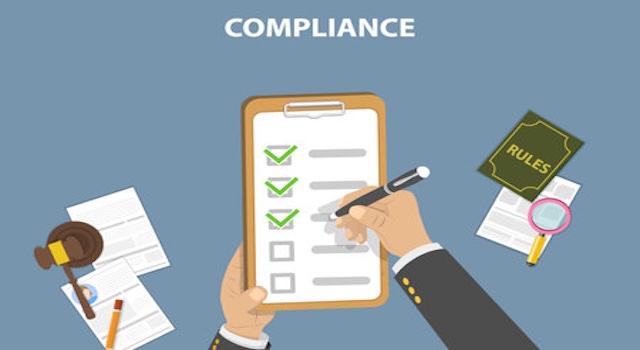Manufacturing Compliance Report 2025: Preparing for Regulatory Shifts
The regulatory landscape for manufacturers is changing rapidly. Organizations across every sector are being held to stricter quality, safety, and reporting standards than ever before. The Manufacturing Compliance Report 2025 explores how manufacturers are adapting to new frameworks and why compliance readiness has become central to operational strategy.
Why Compliance is a Strategic Priority
Modern compliance is no longer a back-office concern. It affects production scheduling, supplier management, and customer trust. Manufacturers that treat compliance as part of their enterprise strategy are reducing risk, improving audit readiness, and strengthening their market credibility.
Key Challenges Facing Manufacturers
Legacy systems and manual processes continue to expose manufacturers to audit delays and reporting errors. Many organizations still rely on outdated documentation practices, fragmented data, and disconnected systems, all of which create risk during inspections or regulatory reviews. Digital transformation has become essential for maintaining compliance and competitiveness.
The Role of ERP in Compliance Readiness
Manufacturers are increasingly turning to modern ERP systems to automate audit trails, track materials and suppliers, and ensure consistent data across every department. Integrated quality management tools within ERP platforms simplify documentation, streamline reporting, and make compliance processes faster and more reliable.
Building a Culture of Continuous Compliance
Compliance readiness is not achieved through technology alone. It requires a culture of accountability and proactive governance. Manufacturers leading in this space are embedding compliance checks into everyday workflows, providing real-time visibility across their operations, and training teams to manage risk dynamically.
Moving Toward Predictive Compliance
The next evolution in compliance management is predictive capability. With connected ERP data and intelligent analytics, organizations can anticipate potential nonconformances before they occur. This approach transforms compliance from a reactive obligation into a continuous improvement advantage.







